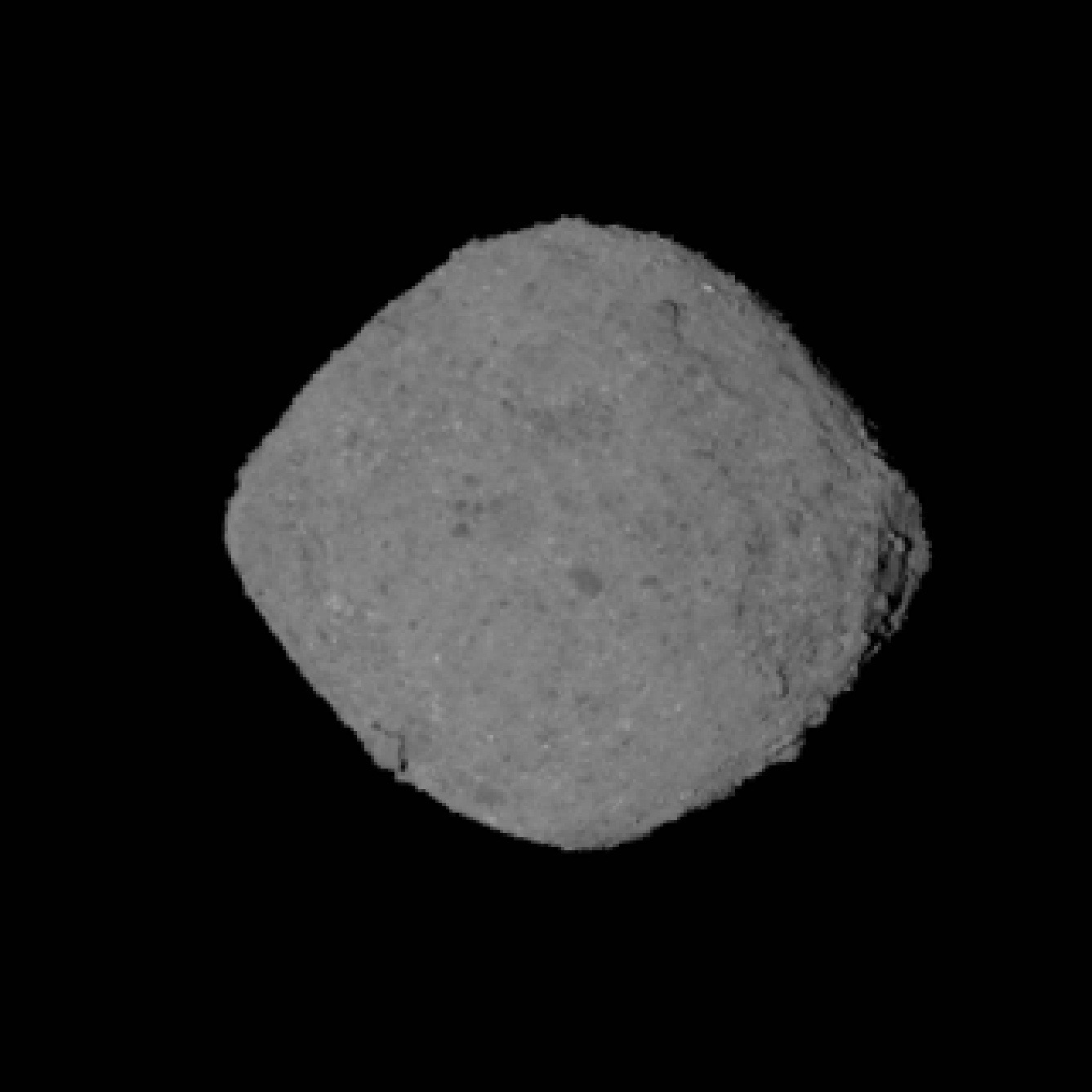The Space Party Continues: NASA Probe Arrives at Asteroid Bennu Monday
I hope you're not all partied out after the InSight lander's successful touchdown on Mars this week, because there's another big spaceflight event just around the corner.
NASA's OSIRIS-REx probe will officially arrive at the near-Earth asteroid Bennu at about 12 p.m. EST (1700 GMT) on Monday (Dec. 3), ending a 27-month deep-space chase. NASA will mark the occasion with a special webcast event from 11:45 a.m. to 12:15 p.m. EST (1645 to 1715 GMT), which you can watch live here at Space.com, courtesy of NASA TV.
The space agency will also air an "arrival preview program" at 11:15 a.m. EST (1615 GMT). You can catch that here at Space.com as well. [OSIRIS-REx: NASA's Asteroid Sample-Return Mission in Pictures]
The $800 million OSIRIS-REx mission launched on Sept. 8, 2016, embarking on a looping trek toward the 1,640-foot-wide (500 meters) Bennu. Upon arrival, the probe will take up a position about 12 miles (20 kilometers) from the space rock, NASA officials said.

OSIRIS-REx will then fly by Bennu repeatedly over the next four weeks, gathering data that will help mission team members establish the asteroid's mass. With this information in hand, OSIRIS-REx will slide into orbit around the space rock on Dec. 31 — just hours before NASA's New Horizons probe cruises past the distant object Ultima Thule, billions of miles from Earth.
Get the Space.com Newsletter
Breaking space news, the latest updates on rocket launches, skywatching events and more!
The diamond-shaped Bennu will then become the smallest object ever to be orbited by a spacecraft.
OSIRIS-REx will study the rock from orbit for the next 18 months or so and then make its way down to Bennu's surface to grab a sizeable sample of material in mid-2020. The spacecraft will depart the asteroid in March 2021, and the sample will come down to Earth in a special return capsule in September 2023.
Scientists around the world will study this material, looking for clues about the role that carbon-rich asteroids such as Bennu may have played in bringing the building blocks of life to Earth.
OSIRIS-REx — which is short for "Origins, Spectral Interpretation, Resource Identification, Security-Regolith Explorer" — will also make significant contributions in other ways, mission team members have said. For example, the probe's measurements should help researchers better understand the resource potential of Bennu-like space rocks. And other data will increase knowledge of how asteroids move through space, which in turn should improve predictions of where hazardous rocks are headed.
Bennu is itself a potentially dangerous asteroid; there's a very small probability that it could hit Earth in the late 22nd century.
OSIRIS-REx isn't the only active asteroid-sampling mission. Japan's Hayabusa2 spacecraft is currently orbiting the 3,000-foot-wide (900 m) Ryugu, which shares Bennu's diamond shape. Hayabusa2 will grab a Ryugu sample next year and return it to Earth in late 2020, if all goes according to plan.
Mike Wall's book about the search for alien life, "Out There" (Grand Central Publishing, 2018; illustrated by Karl Tate) is out now. Follow him on Twitter @michaeldwall. Follow us @Spacedotcom or Facebook. Originally published on Space.com.
Join our Space Forums to keep talking space on the latest missions, night sky and more! And if you have a news tip, correction or comment, let us know at: community@space.com.

Michael Wall is a Senior Space Writer with Space.com and joined the team in 2010. He primarily covers exoplanets, spaceflight and military space, but has been known to dabble in the space art beat. His book about the search for alien life, "Out There," was published on Nov. 13, 2018. Before becoming a science writer, Michael worked as a herpetologist and wildlife biologist. He has a Ph.D. in evolutionary biology from the University of Sydney, Australia, a bachelor's degree from the University of Arizona, and a graduate certificate in science writing from the University of California, Santa Cruz. To find out what his latest project is, you can follow Michael on Twitter.









